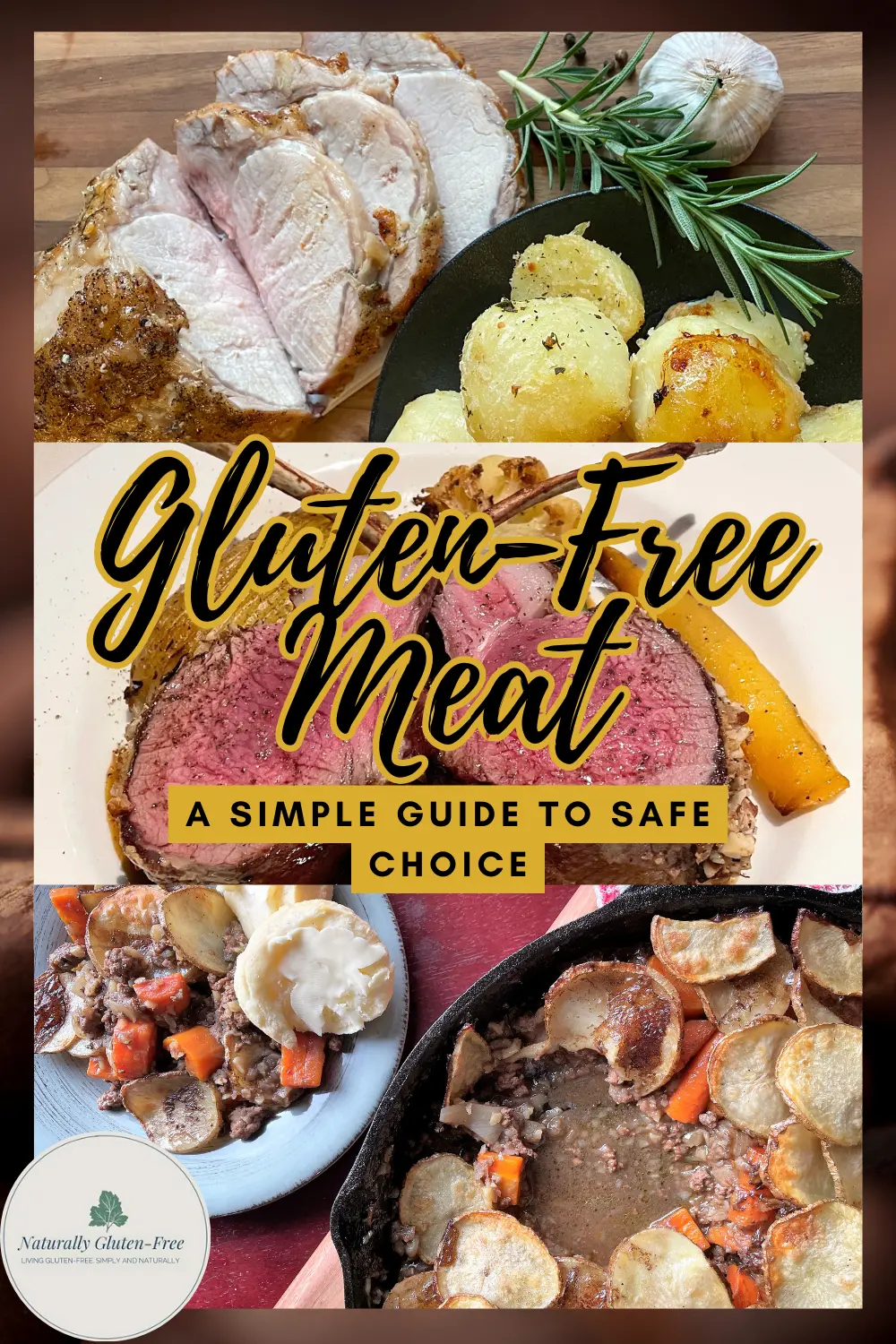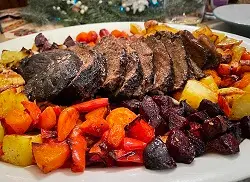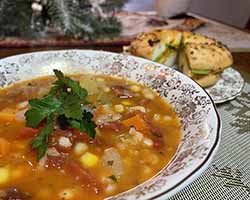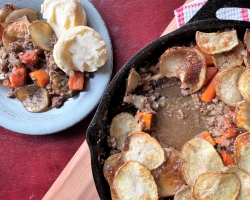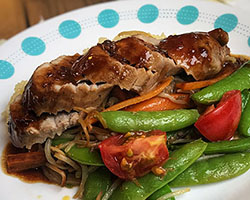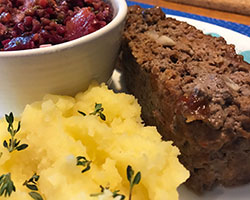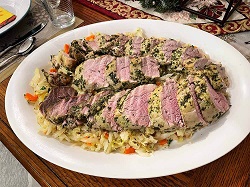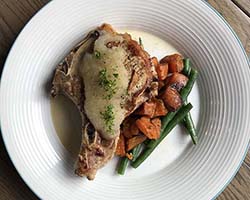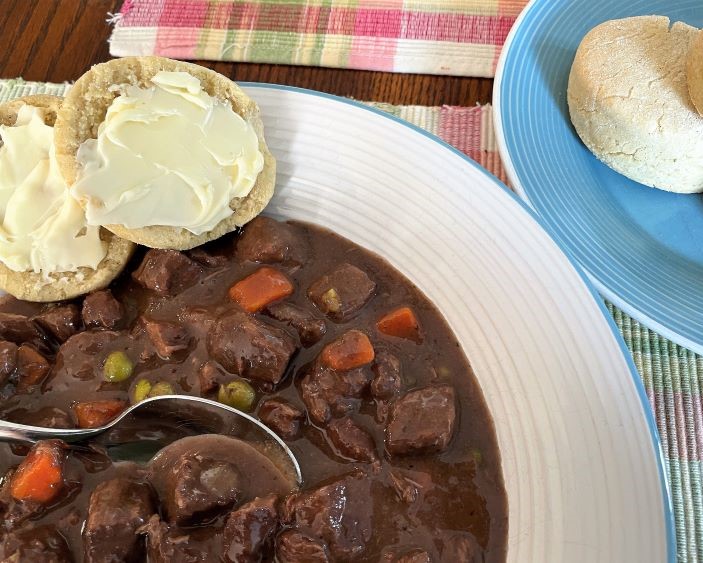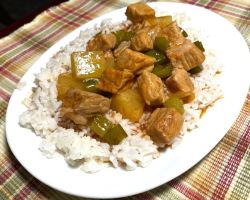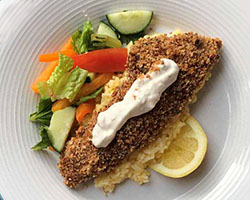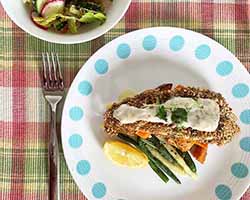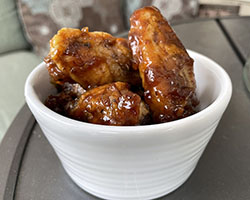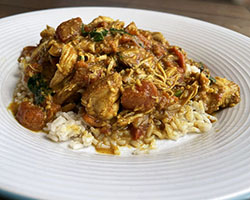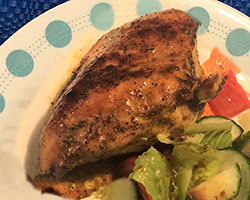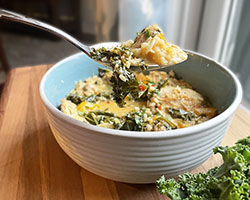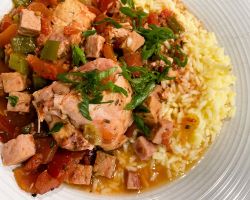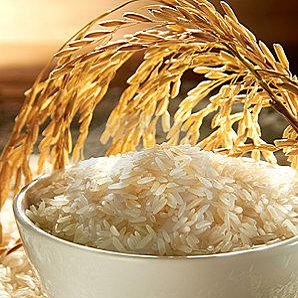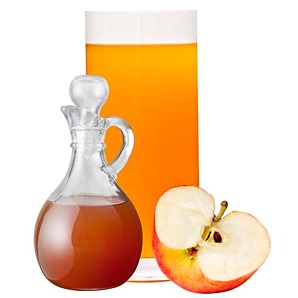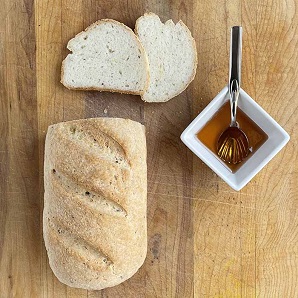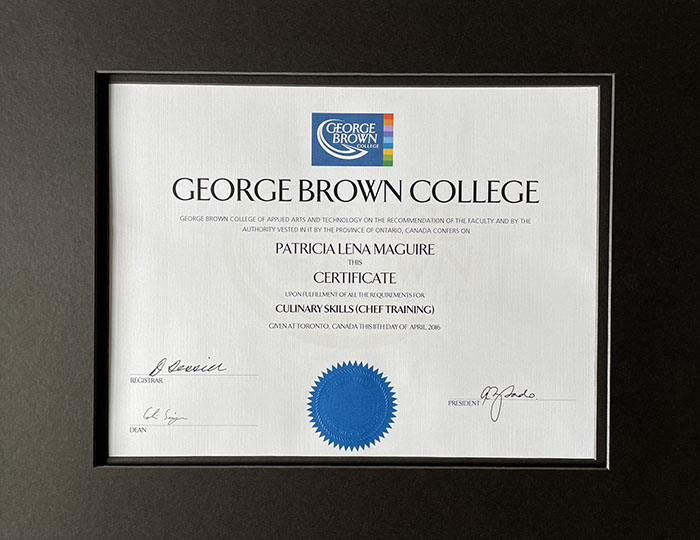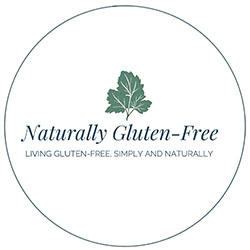- Home
- Gluten Free Food
- Gluten-Free Pasta
- Gluten-Free Meat
Is Meat Gluten-Free? A Complete Guide to Safe & Unsafe Choices
Now that you are on a gluten-free diet, you may be wondering about gluten-free meat.
Are all meats gluten-free? Is there anything you should be watching out for?
This
comprehensive guide will help you confidently choose safe gluten-free meat options,
from fresh cuts to convenient deli meats.
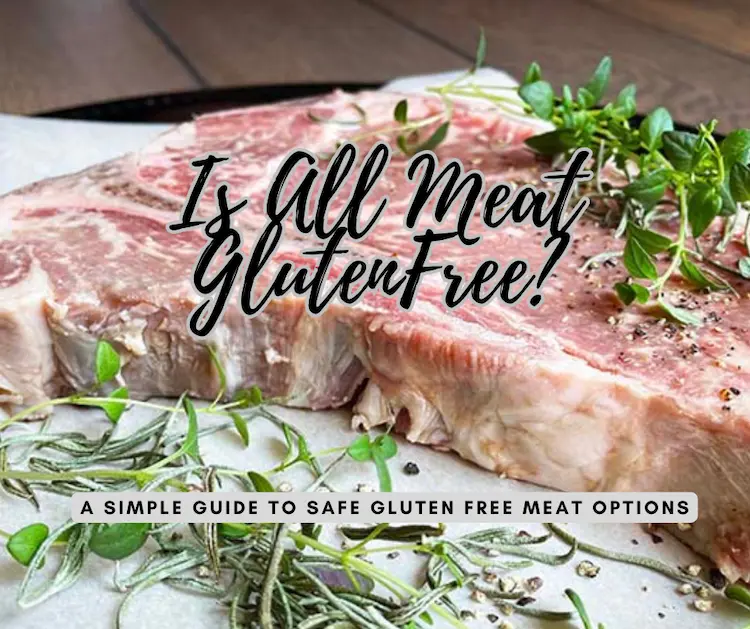
Quick Answer: Is Meat Gluten-Free?
Yes, all fresh, unprocessed cuts of meat are naturally gluten-free, including:
• Fresh beef, pork, and lamb
• Whole chicken and turkey
• Fresh fish and seafood
• Game meats
However, processed meats like hot dogs, sausages and some deli meats may contain gluten due to fillers or cross-contamination.
Table of Contents
- Understanding Gluten in Meat Products
- Common Questions About Meat and Gluten
Understanding Gluten in Meat Products
All whole fresh cuts of meat, fish and poultry are naturally gluten-free. Gluten in meat products comes from added ingredients or cross contamination during processing.
Pin for Later
When Does Meat Contain Gluten?
Here's what you need to look for to make safe gluten-free meat choices:
- Breading or coating
- Marinades and seasonings
- Fillers in processed meats
- Cross-contamination during preparation
Let's explore each of these further.
Breading or Coating
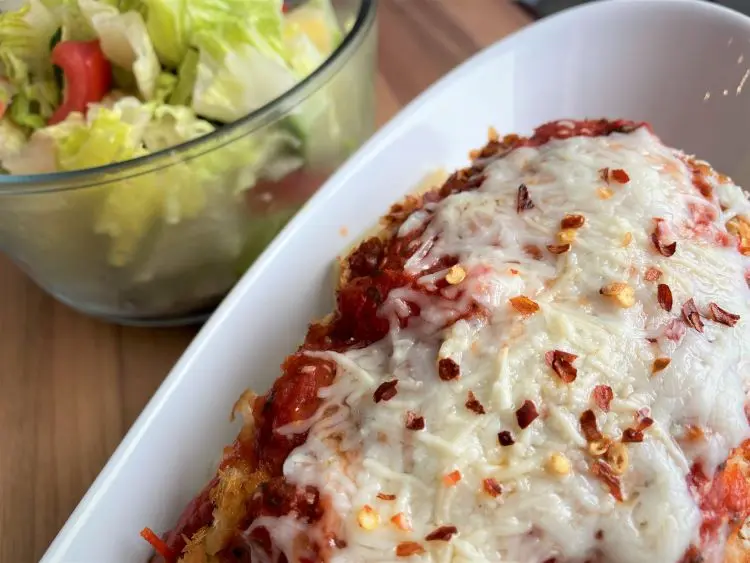
Watch for breaded meats in your grocers freezer or the butcher's display case. Avoid things like:
- breaded veal or chicken cutlets
- breaded fish sticks
- battered fish as in fish and chips
- herb coated pork loin
- breaded chicken nuggets
You can make chicken parm, or breaded fish with gluten free breadcrumbs, but chances are anything ready made unless it's a special gluten-free product will not be safe.
Marinades and Seasonings
Pre-marinated or pre-seasoned meats may contain gluten. Ask for an ingredient list and watch for:
- soy sauce
- Worcestershire sauce
- teriyaki sauce
- malt vinegar
- barbecue sauces that may have any of the above ingredients.
Fillers in Processed Meats
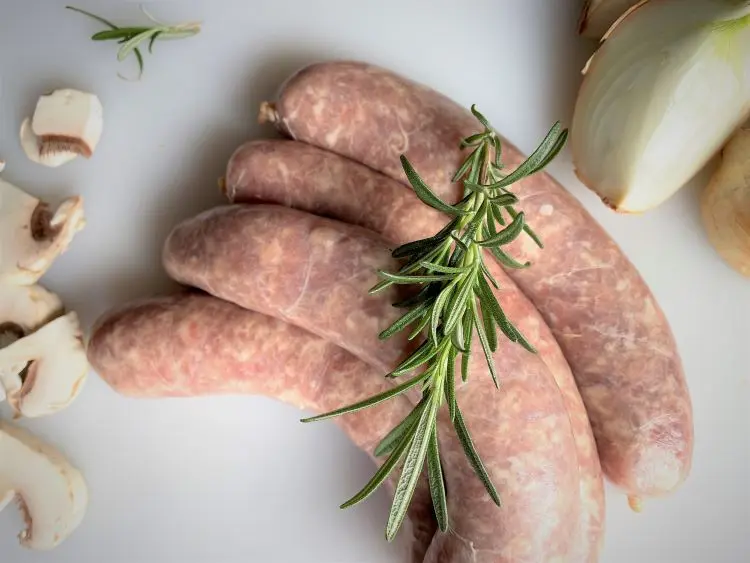
Some hamburger patties, sausages and meatballs have breadcrumbs added as a filler. Always check labels.
Cross Contamination During Preparation
Even if there are no gluten ingredients, meats processed on shared equipment with gluten-containing foods can be contaminated. Ask your butcher what precautions they take.
Restaurant Guide for Gluten-Free Meat
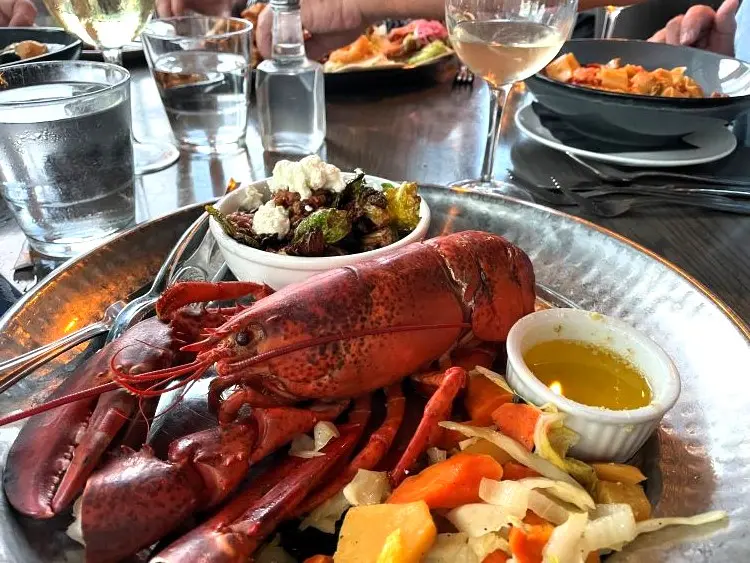
When dining out, there is a certain amount of planning necessary to ensure you get a safe, gluten-free restaurant meal. It's usually easy to get gluten-free meat in a restaurant as meats are naturally gluten-free. Here are a few tips:
- Avoid anything breaded or battered unless it's specifically advertised as gluten-free.
- Avoid anything deep fried unless you've confirmed there is a dedicated fryer for gluten-free items.
- Confirm that any spices or seasonings are gluten-free or ask that your gluten-free meat is prepared with simple seasonings like salt and pepper.
- For any braises or stews, confirm that all the ingredients are gluten-free.
- Ask about allergy protocols to protect against cross contamination.
Here are more tips to ensure that your restaurant meal is safe.
Gluten-Free Dining: This is the most comprehensive guide to gluten-free restaurant dining on the internet. I know, I've looked!
Common Questions About Meat and Gluten
We've covered the basics, but I know you have questions about specific products and situations. Here are answers to the most commonly asked questions:
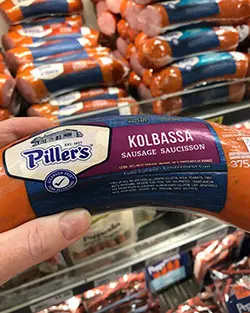
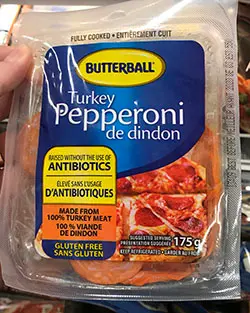
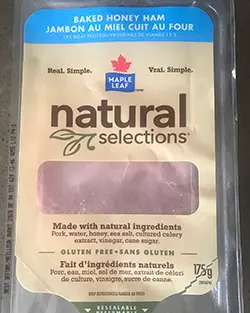
Q: Is lunch meat gluten-free?
Deli-meats often have gluten ingredients added, so be sure to check the label.
A few North American lunch meat brands that offer gluten-free meat choices are:
- Grimm’s
- President’s Choice-Butterball
- Applegate
- Piller’s
- Boar’s Head.
This doesn’t mean all of their products are gluten-free so check labels.
Gluten-Free Lunches: Here are 50 gluten-free lunch ideas that (mostly) don't need a recipe. You're covered whether you're eating at home, packing your lunch for work or looking for kid friendly gluten-free options.
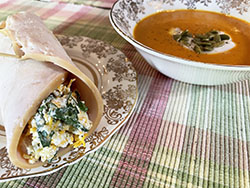
Q: Is grain-fed meat gluten-free?
A: Yes. Gluten does not transfer to meat from the animal’s diet. Grain-fed beef, pork, or chicken is still gluten-free.1
Q: Is farmed fish gluten-free?
A: Yes. Just like grain-fed meats, farmed fish does not absorb gluten from its diet.
|
Gluten-Free Meat Cooking: Know how to cook any piece of meat to tender, juicy, melt in your mouth perfection every time. You won’t even need a recipe! |
Q: Does grass-fed beef contain gluten?
A: No. Pure grass fed beef is gluten-free. Gluten does not transfer from the animal's diet to the meat.
Q: Are Beyond Meat or plant-based meats gluten-free?
Sometimes: Plant-based meats including Beyond Meat may contain wheat-based fillers. Check the label for gluten ingredients.
Q: Is rotisserie chicken gluten-free?
A: Maybe. Some rotisserie chickens have seasoning blends that contain gluten. Always check the label or ask at the deli counter.
Q: Are hot dogs gluten-free?
Sometimes. Many hot dogs contain fillers that include gluten. Check the label for gluten ingredients or look for a gluten-free claim.
What about hotdogs at the ballpark or a hotdog cart? I'd say avoid. Not only do you need to make sure the meat and bun are gluten-free, you also need to know they are cooked on a clean, uncontaminated grill.
Q: Is hamburger meat gluten-free?
A: Usually. Pure ground beef is gluten-free. Pre-made hamburger patties may have gluten containing fillers. Check the label.
If you are ordering a hamburger in a restaurant, make sure the burger patty is gluten-free as well as the bun and any condiments you choose.
Q: Is smoked meat gluten-free?
A: Usually. Meat is gluten-free and the smoking process does not add gluten. However, some smoked meats may contain marinades or other additives so check the ingredients to be sure.
Q: Do store-bought marinades contain gluten?
A: Sometimes. Some store bought marinades contain wheat-based thickeners so check the ingredients.
Recommended Tools and Products
Preparing meat at home? Here are some tools and gluten-free finds that make cooking safer, easier, and more delicious — all available on Amazon.
As an Amazon Associate I may make a small commission at no cost to you, if you decide to buy something.
Instant-Read Meat Thermometer
Safely cook meat to the perfect temperature without overdoing it. I own and love this digital thermometer. It is a must-have in any kitchen.
ThermoPro Digital Instant Read Meat Thermometer
Gluten-Free Marinades & Seasoning
Marinades and seasonings are a risk for hidden gluten! These gluten-free marinades and seasonings are great for chicken, steak, and pork.
McCormick Grill Mates Montreal Steak Seasoning
McCormick Grill Mates Montreal Chicken Seasoning
Lawry's Tenderizing Beef Marinade Spices & Seasonings Mix
Intelligent Indoor Grill
I own and love this grill! So much so that I bought one for each of my adult kids. It cooks your meat to perfection, even from frozen.
T-Fal OptiGrill Stainless Steel XL Electric Grill
✨ Tip: Don't forget to check labels every time. Ingredients can change!
Gluten-Free Meat Recipes
Here is a collection of Gluten-Free Recipes featuring meat, fish and poultry. These are recipes I make for my family on a regular basis, I think you will like them and they will find their way into your regular rotation.
Beef and Pork Recipes
Fish Recipes
Poultry Recipes
Home > Gluten-Free Food > Gluten-Free Meat
Sources:
1. Uchicago Medicine Celiac Disease Center - Uchicago Medicine. UChicago Medicine Celiac Disease Center - UChicago Medicine. (n.d.). https://www.cureceliacdisease.org/faq/should-someone-with-celiac-disease-worry-about-eating-grain-fed-meat/
